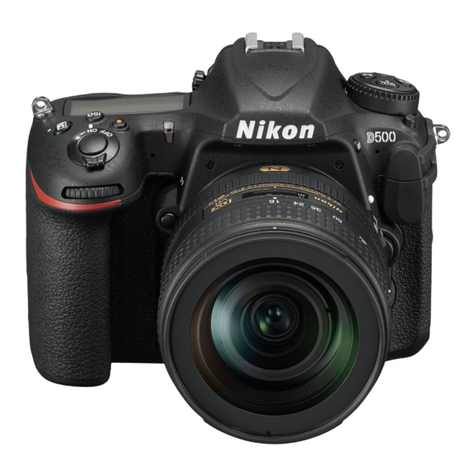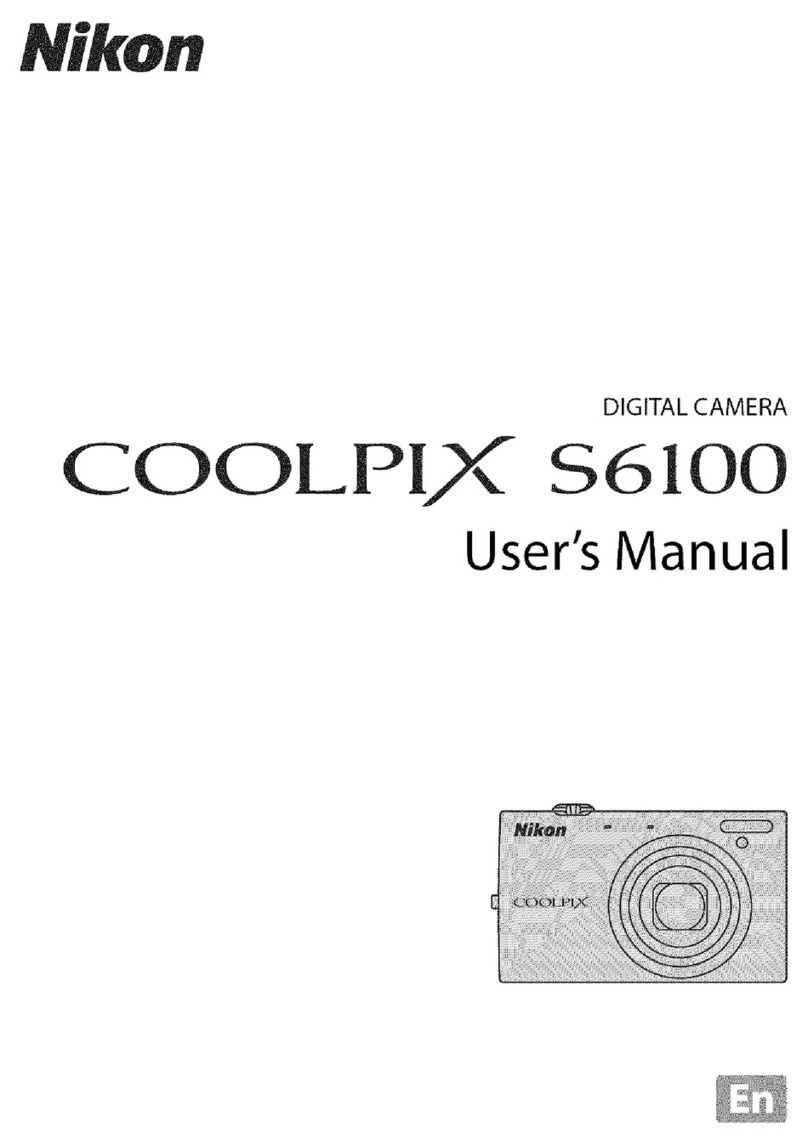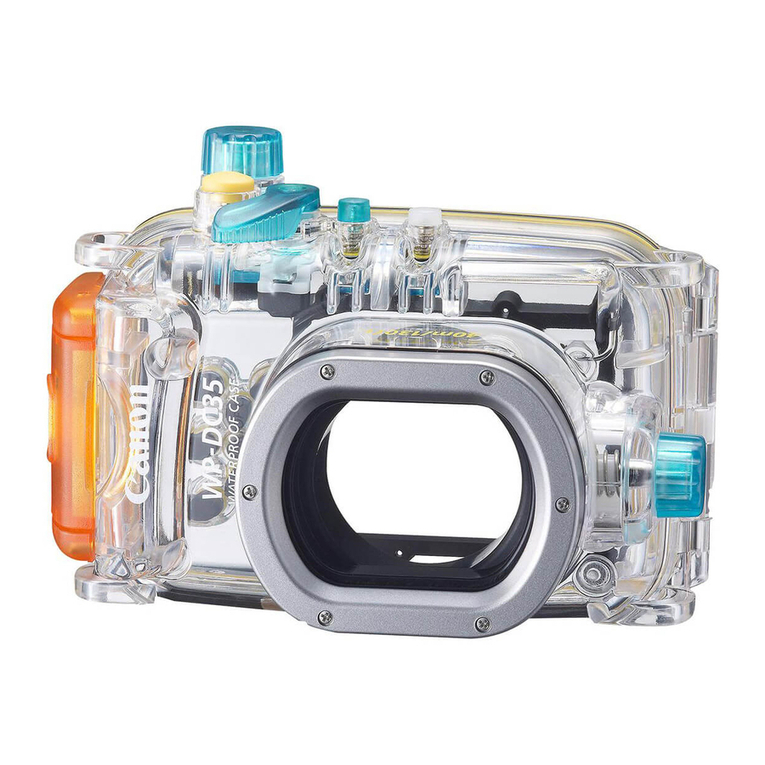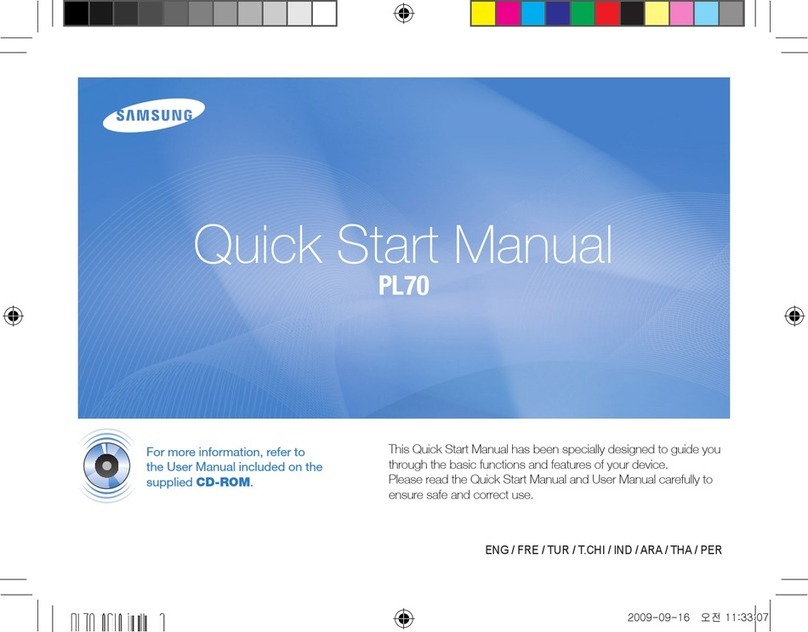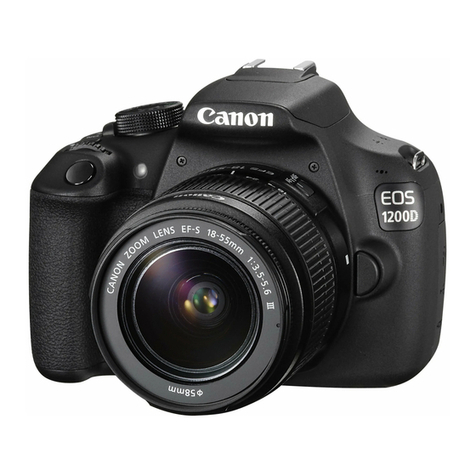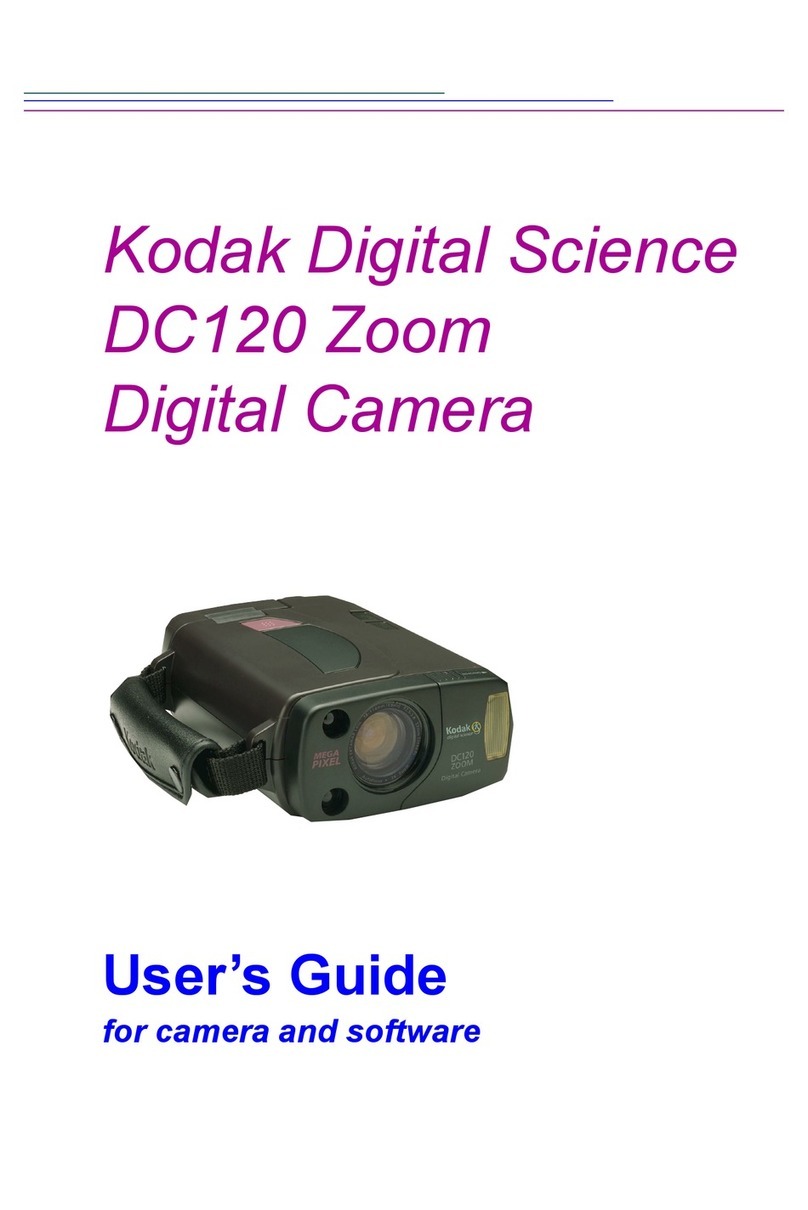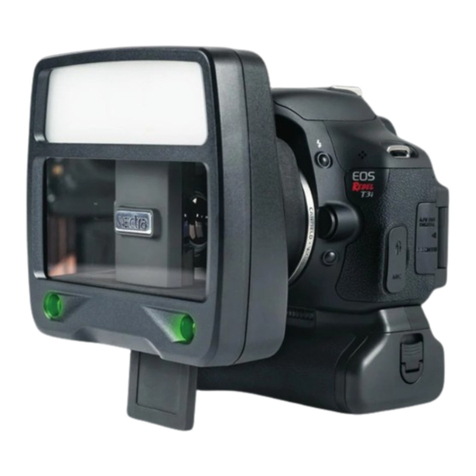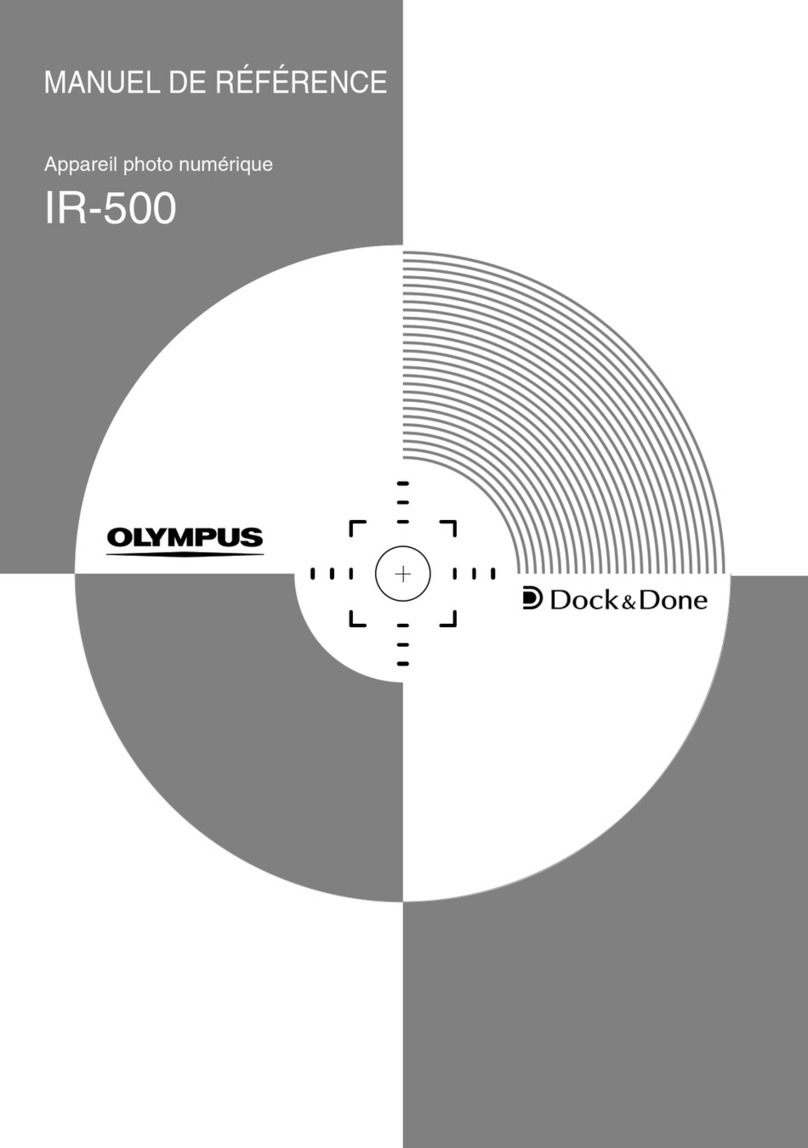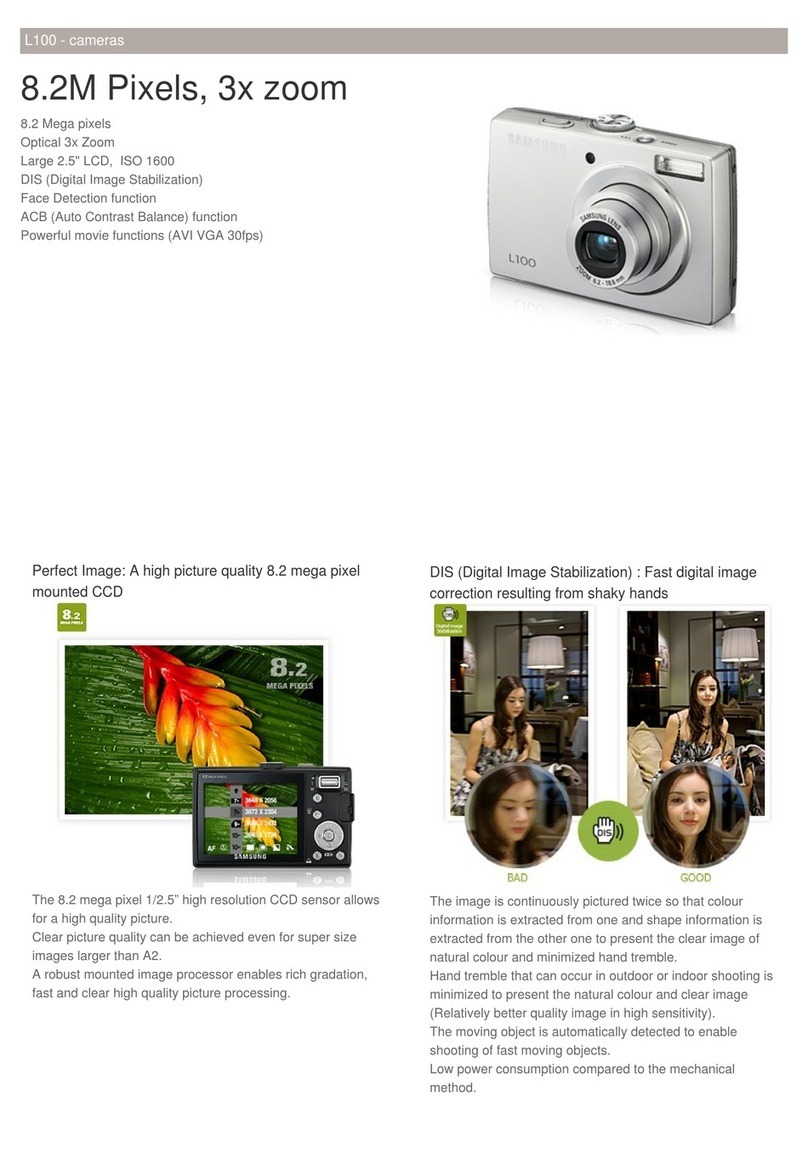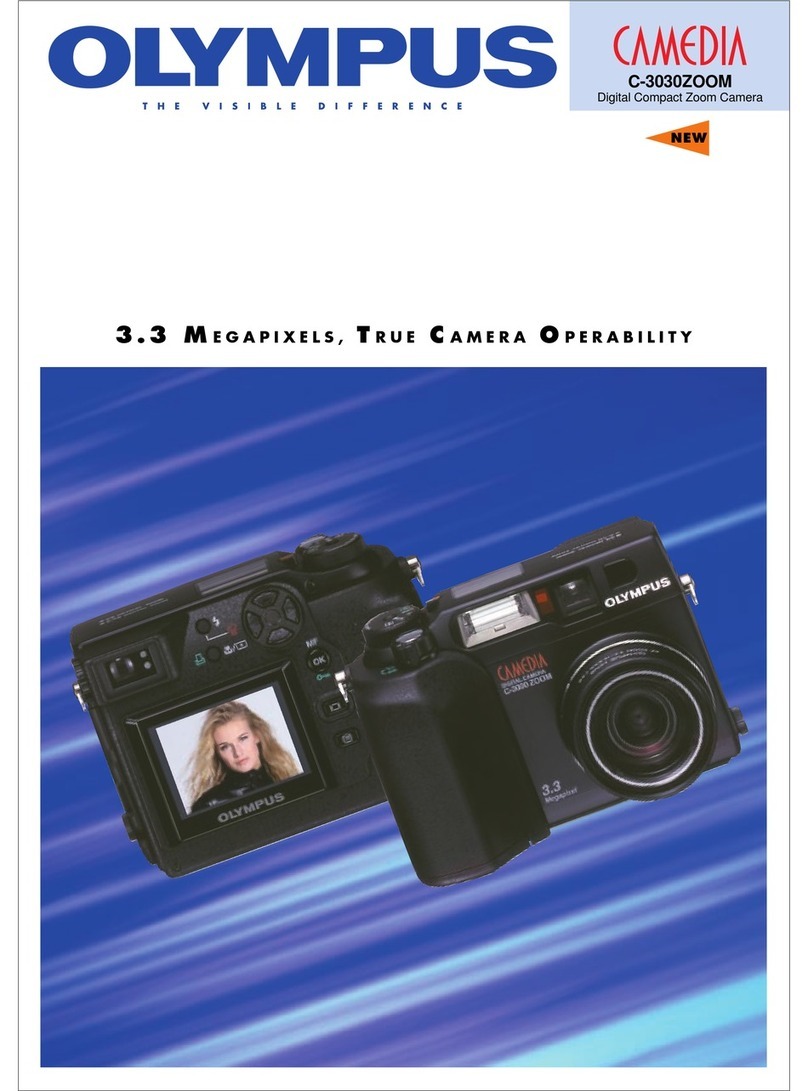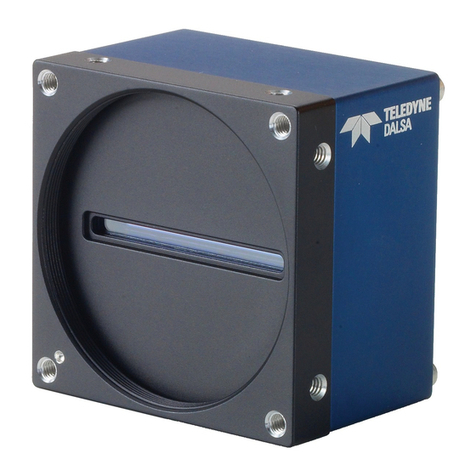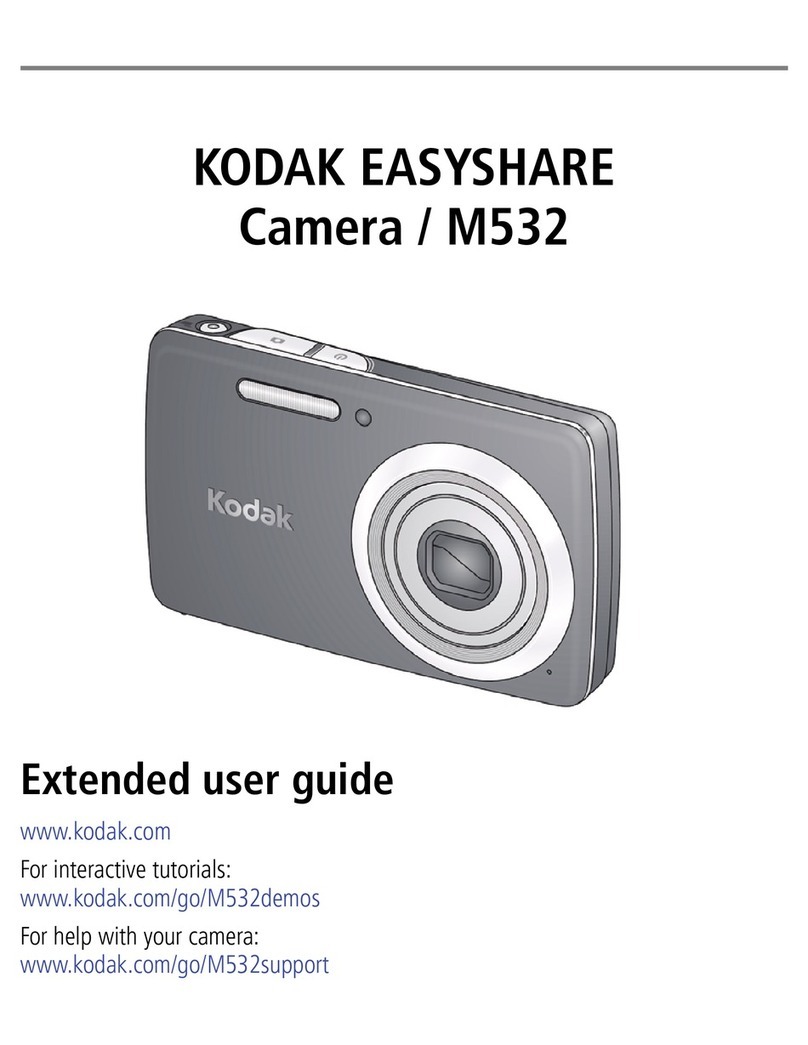Nikon F3AF User manual
Other Nikon Digital Camera manuals
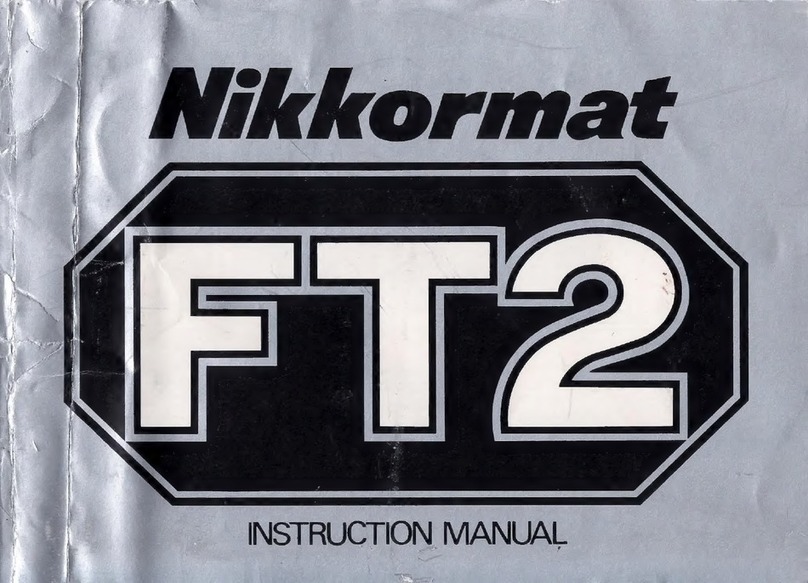
Nikon
Nikon Nikkormat FT2 User manual
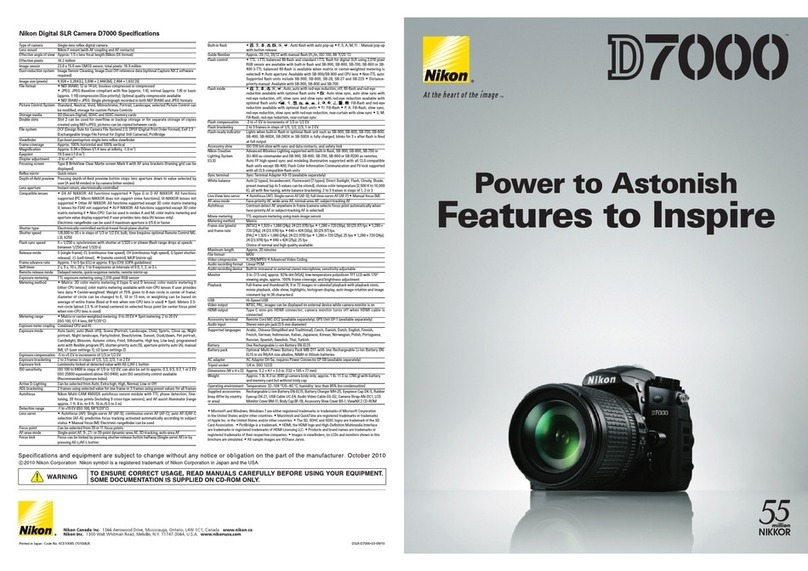
Nikon
Nikon D7000 User manual
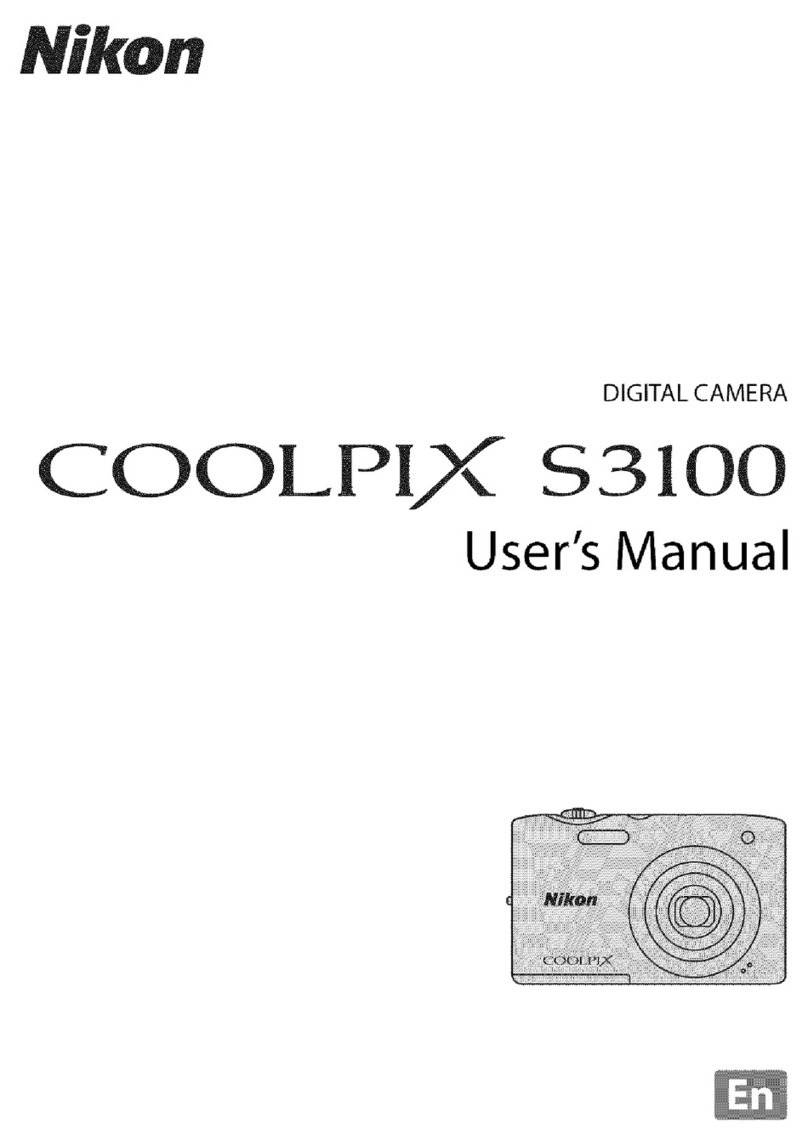
Nikon
Nikon Coolpix S3100 User manual
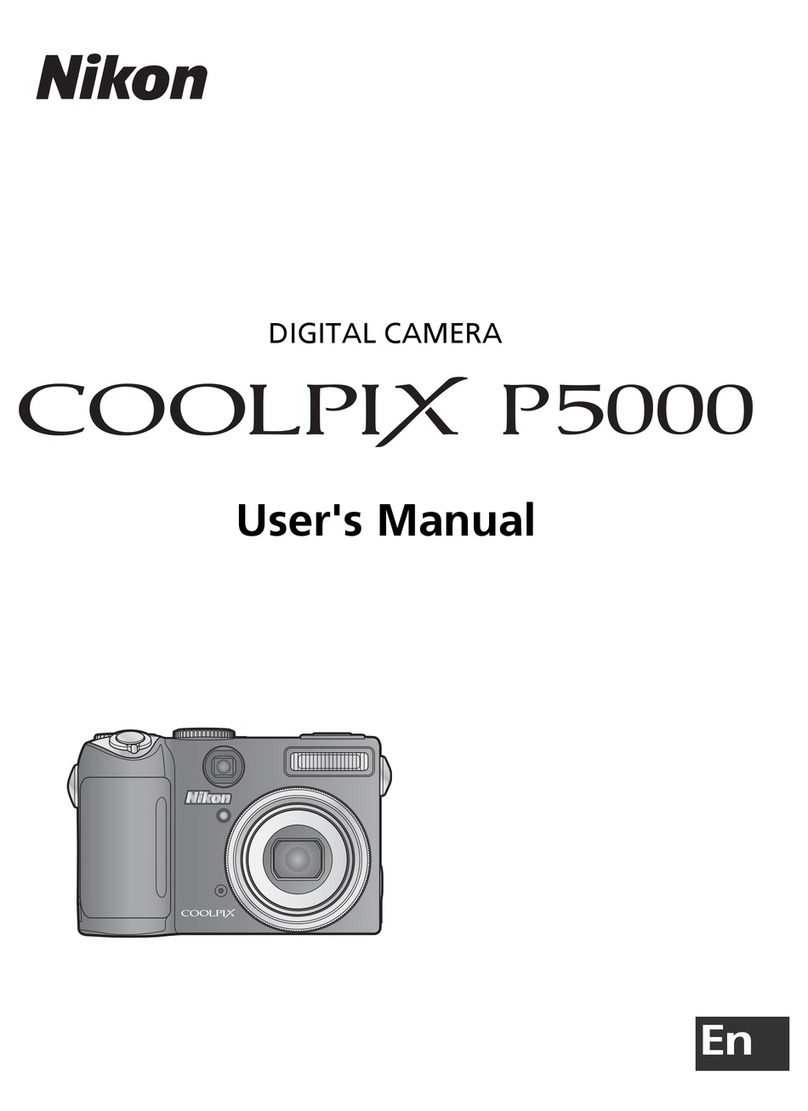
Nikon
Nikon Coolpix P5000 User manual

Nikon
Nikon CoolPix S9100 User manual

Nikon
Nikon Coolpix S2800 User manual
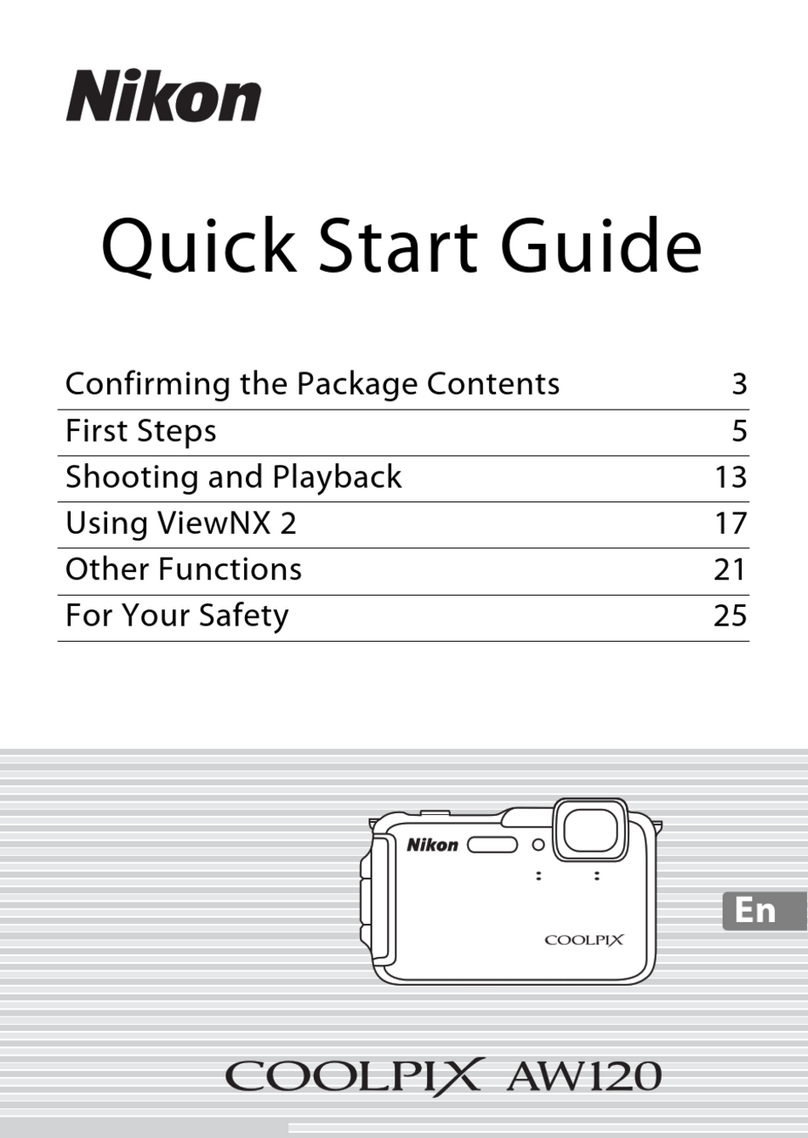
Nikon
Nikon COOLPIX AW120 User manual

Nikon
Nikon COOLPIX 8400 User manual

Nikon
Nikon COOLPIX S1000pj User manual
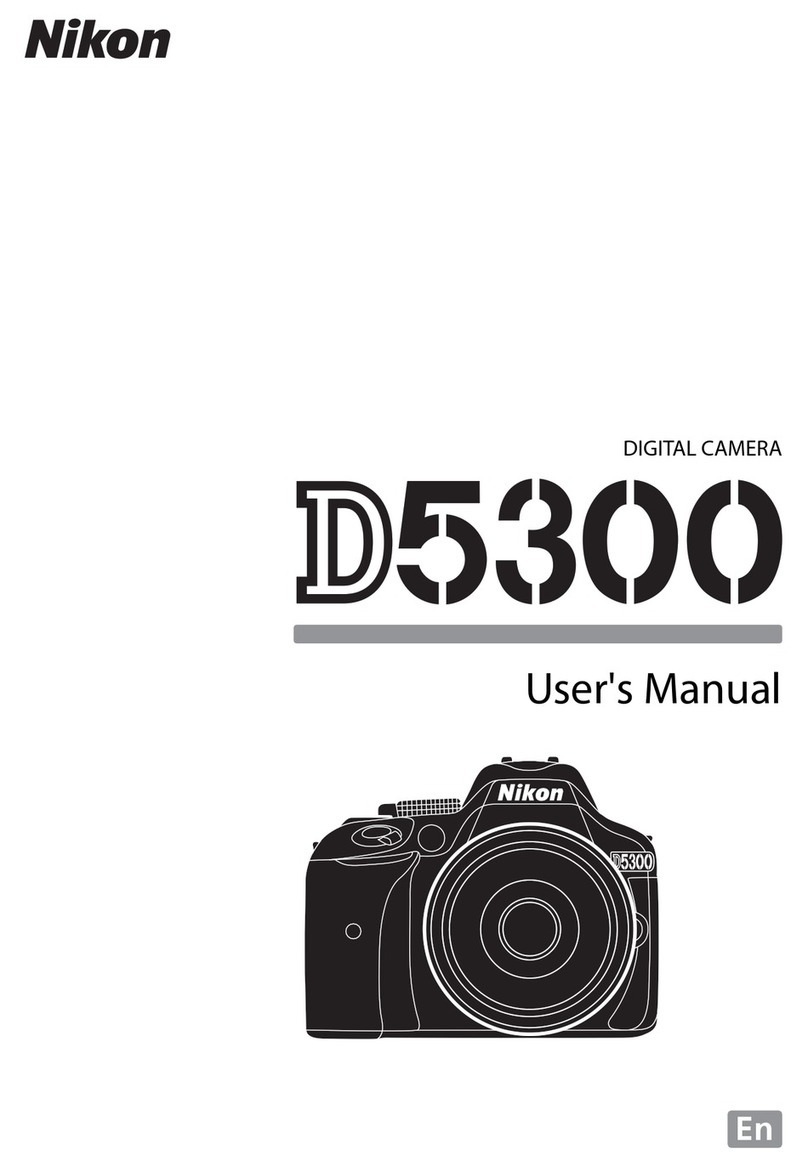
Nikon
Nikon D5300 User manual
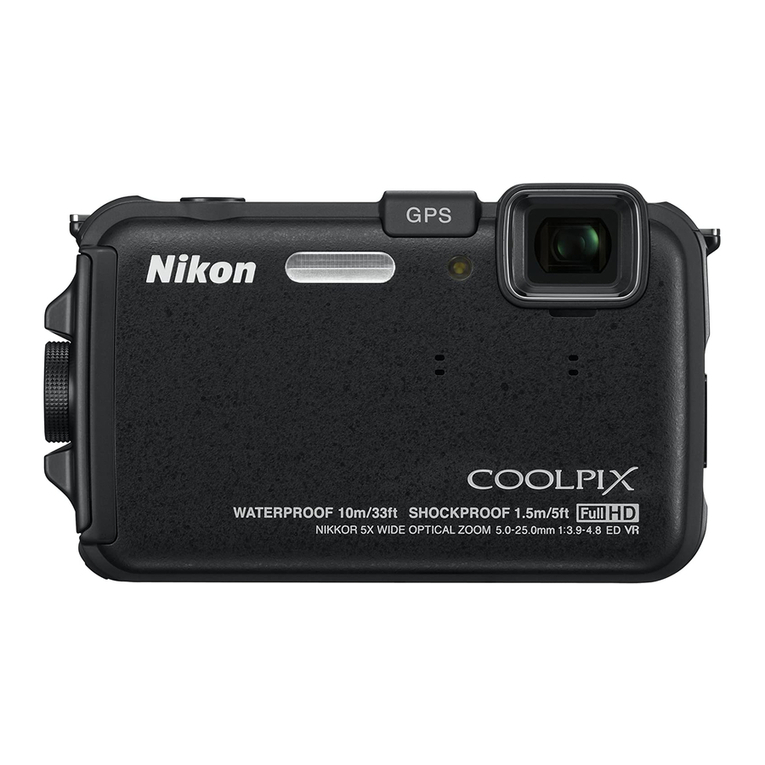
Nikon
Nikon COOLPIX AW100 User manual

Nikon
Nikon D7100 User manual
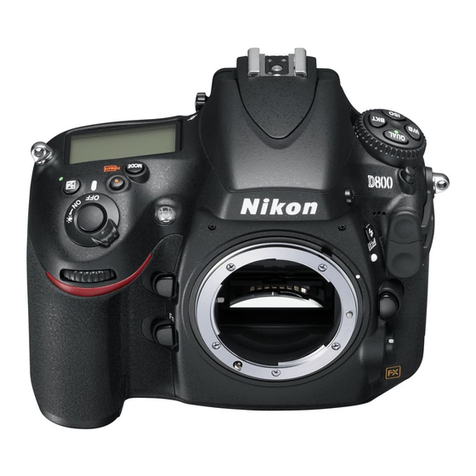
Nikon
Nikon D800 User manual

Nikon
Nikon D3300 User manual
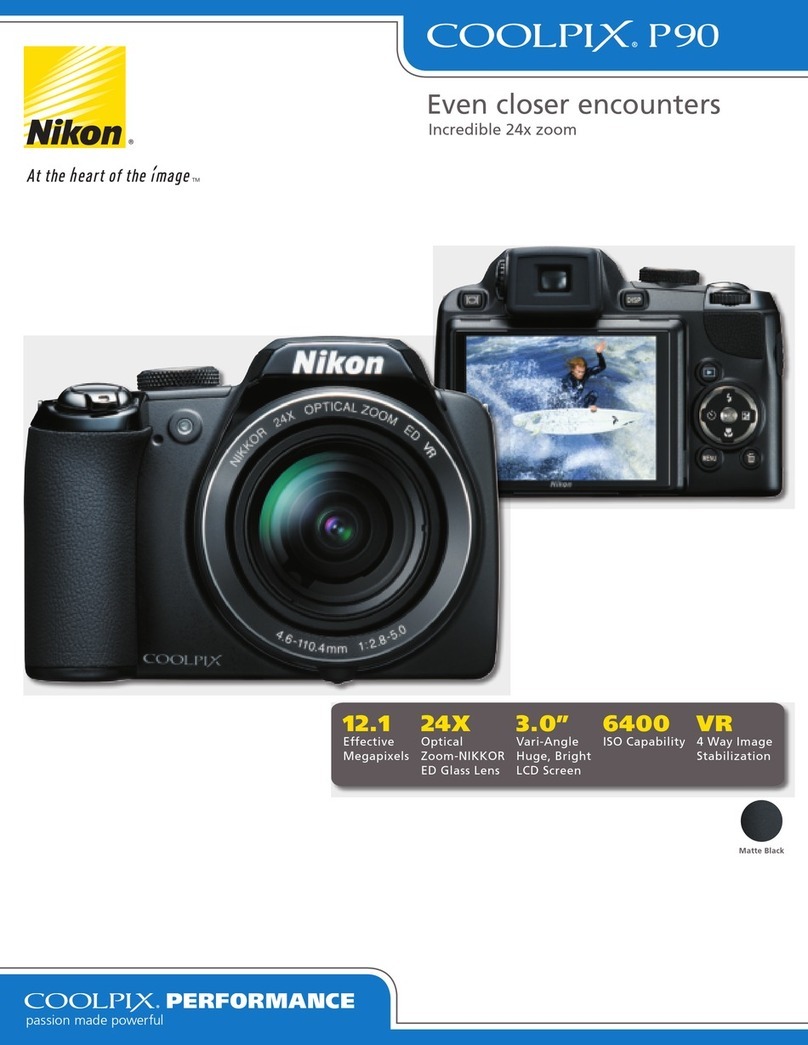
Nikon
Nikon Coolpix P90 Owner's manual
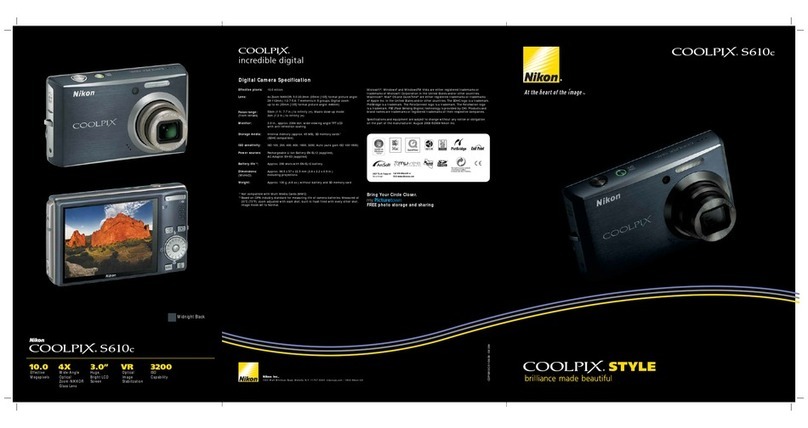
Nikon
Nikon CoolPix S610c Owner's manual

Nikon
Nikon LiteTouch Zoom 80 User manual
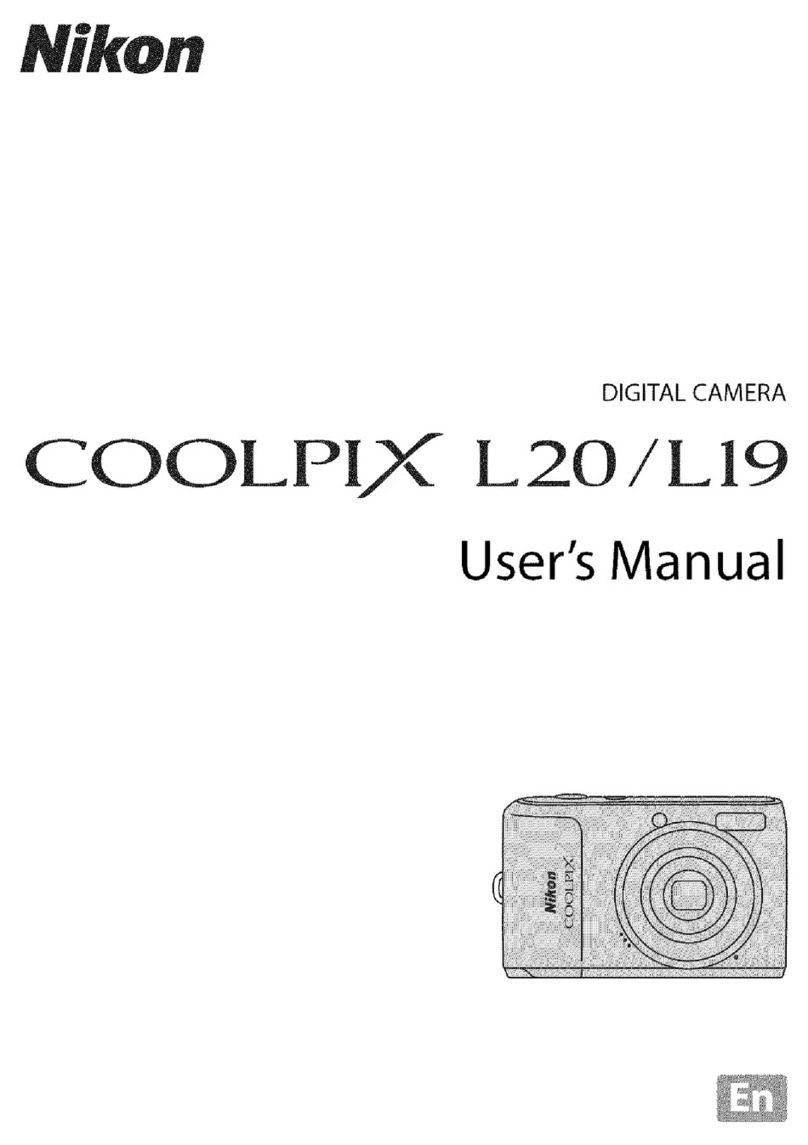
Nikon
Nikon Coolpix L19 User manual
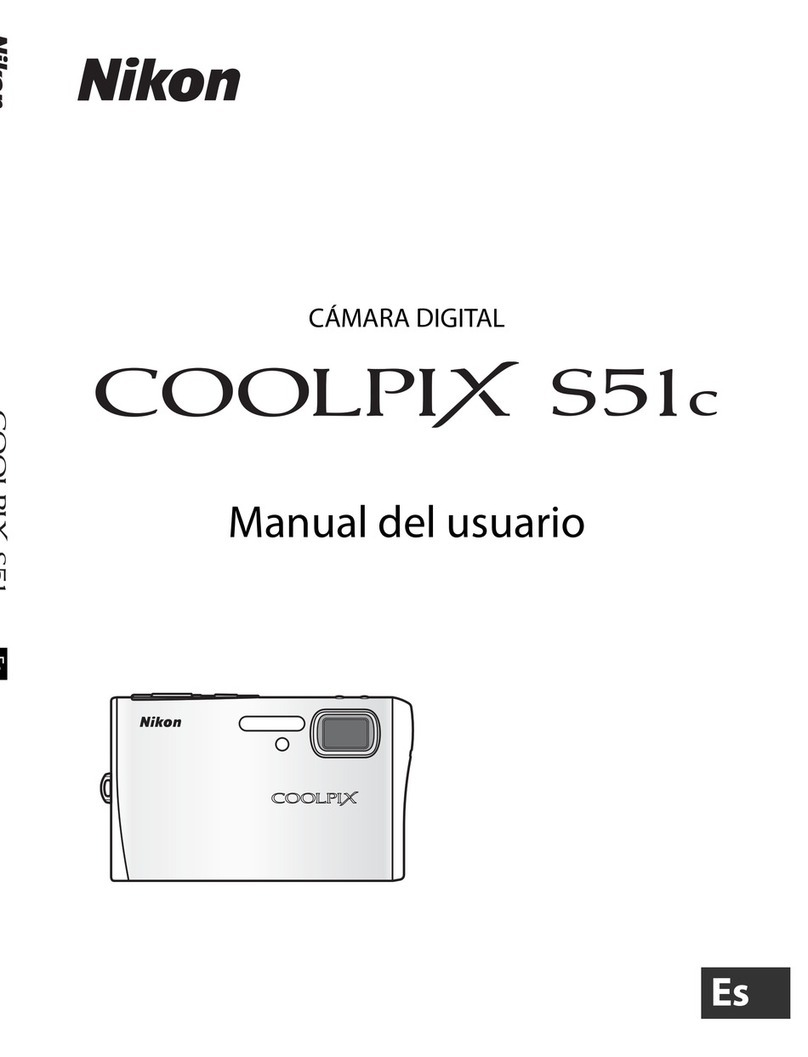
Nikon
Nikon CoolPix S51c User manual
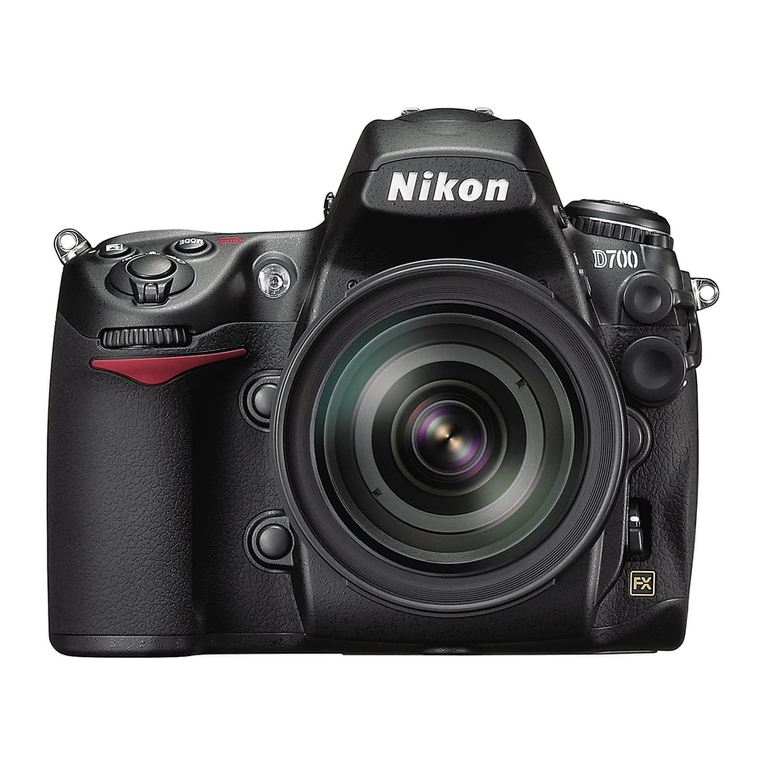
Nikon
Nikon D700 User manual
